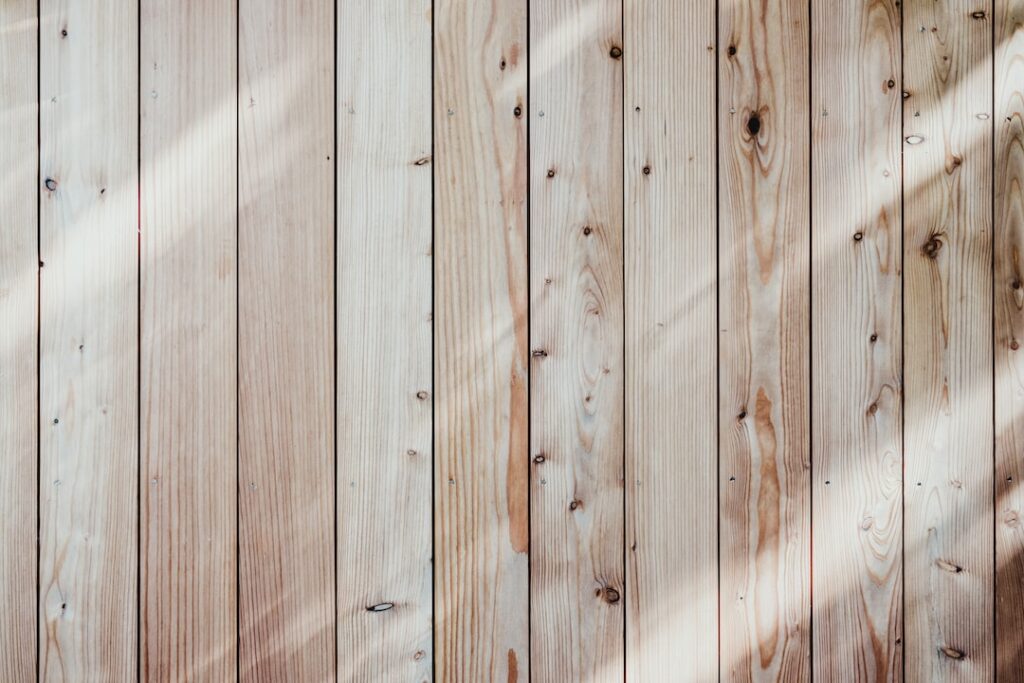The Art of Unwarping Wood: A Guide to Restoration and Repair
There’s nothing quite like the satisfaction of bringing new life to a piece of wood that has been warped, damaged, or seemingly beyond repair. Whether it’s an antique wooden chair, a beloved family heirloom, or a DIY project gone awry, the process of unwarping wood can be both challenging and incredibly rewarding. In this comprehensive guide, we’ll explore the fascinating world of wood restoration, from understanding the causes of warping to employing effective techniques for bringing wood back to its original, pristine state.
Insight Into the World of Warping
The Surprising Statistics
Did you know that according to the U.S. Forest Service, wood warping costs the wood products industry millions of dollars each year? From cupping and twisting to bowing and splitting, wood warping is a pervasive issue that affects not only industrial manufacturers but also homeowners and woodworkers alike. By understanding the common reasons behind wood warping, we can take proactive measures to prevent and address this common problem.
Causes of Wood Warping
Several factors contribute to the warping of wood, including changes in humidity, uneven drying, improper storage, and exposure to extreme temperatures. These factors can lead to internal stress within the wood fibers, causing them to bend, twist, or warp over time. By identifying the root causes of wood warping, we can develop strategies to mitigate these effects and preserve the integrity of wooden objects.
Techniques for Unwarping Wood
Assessing the Damage
Before diving into the restoration process, it’s crucial to assess the extent of the wood warping. Is the warping mild, with slight curvature, or severe, with noticeable twisting and bending? Understanding the degree of warping will help determine the most suitable approach for restoration, whether through gradual realignment or targeted interventions.
Applying Moisture and Heat
One effective method for unwarping wood involves the application of moisture and heat. By carefully introducing controlled amounts of moisture and heat to the warped wood, the fibers can gradually expand and contract, allowing the piece to regain its original shape. This technique requires patience and precision but can yield remarkable results, particularly for moderately warped wood.
Using Clamps and Pressure
For more stubborn cases of wood warping, employing clamps and pressure can be a highly effective approach. By securing the warped wood between sturdy clamps and gradually applying pressure, it’s possible to coax the wood fibers back into alignment. This method demands careful monitoring to prevent overcorrection and damage to the wood, but when executed skillfully, it can produce substantial improvements in the wood’s straightness and stability.
Embracing the Art of Wood Preservation
Preventative Measures
Beyond restoration, implementing preventative measures can safeguard wood against future warping. Storing wood in a climate-controlled environment, sealing cut surfaces to balance moisture content, and using quality sealants and finishes can significantly reduce the risk of warping. By incorporating these practices into woodworking and furniture maintenance, we can prolong the lifespan of wooden items and minimize the need for extensive repairs.
How-To: Applying Wood Care in Daily Life
Integrating the principles of wood care into daily life is simpler than it may seem. Whether it’s ensuring proper ventilation and humidity control in storage areas, promptly addressing spills and moisture exposure, or routinely inspecting wooden furniture for signs of warping, these proactive steps can make a substantial difference in preserving the condition of wood items.
Summary of Key Points
In conclusion, the process of unwarping wood is a blend of science, art, and patience. By gaining insight into the causes of wood warping and mastering effective restoration techniques, we can breathe new life into cherished wooden pieces and contribute to the longevity of wood products. Embracing preventative measures and integrating wood care practices into everyday life empowers us to protect and appreciate the natural beauty of wood, enriching our living spaces with timeless elegance and craftsmanship. So, whether you’re a woodworking enthusiast, a homeowner with wooden furniture, or simply someone intrigued by the art of restoration, take on the challenge of unwarping wood and relish in the transformative power of preservation and repair.











